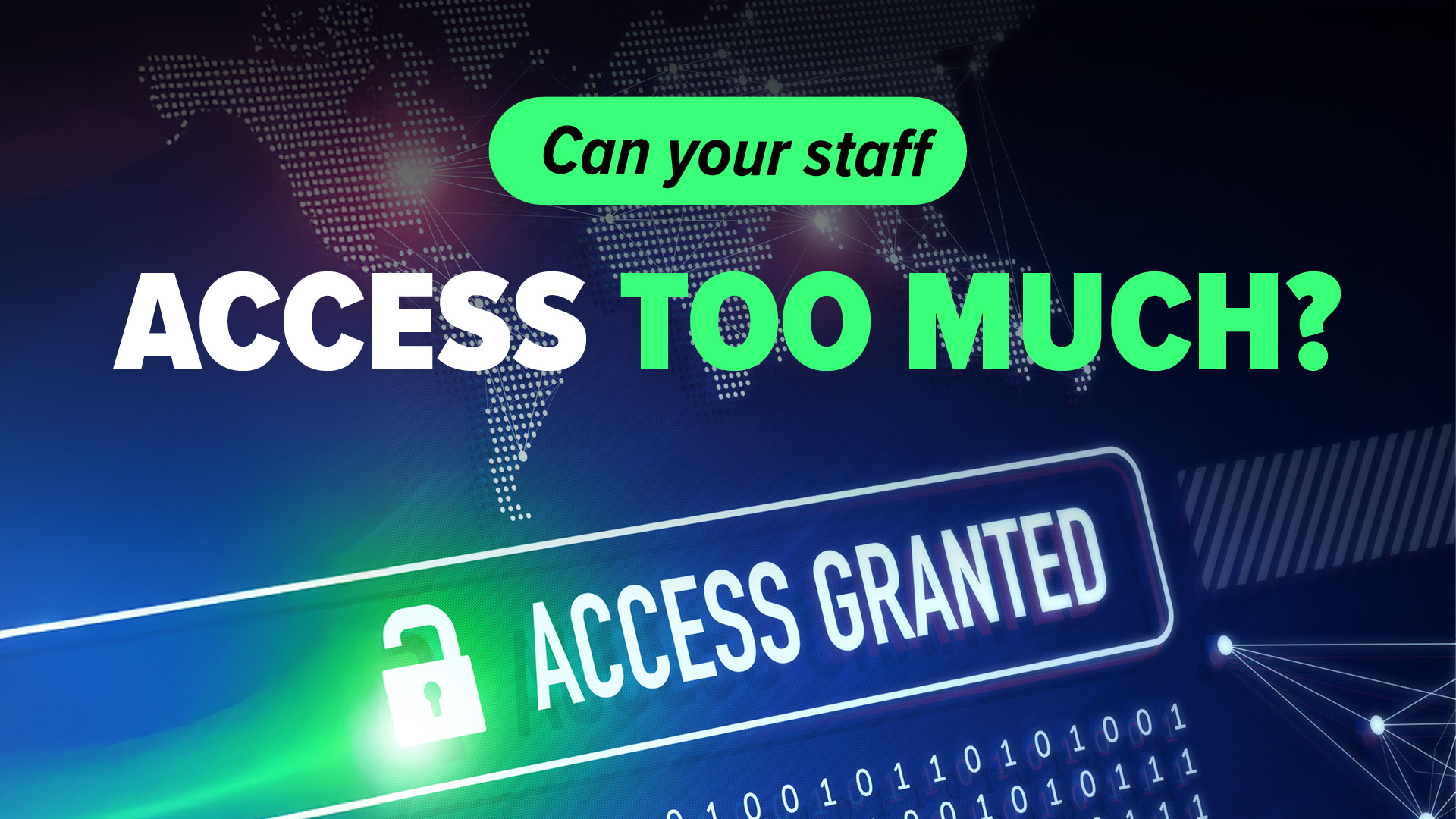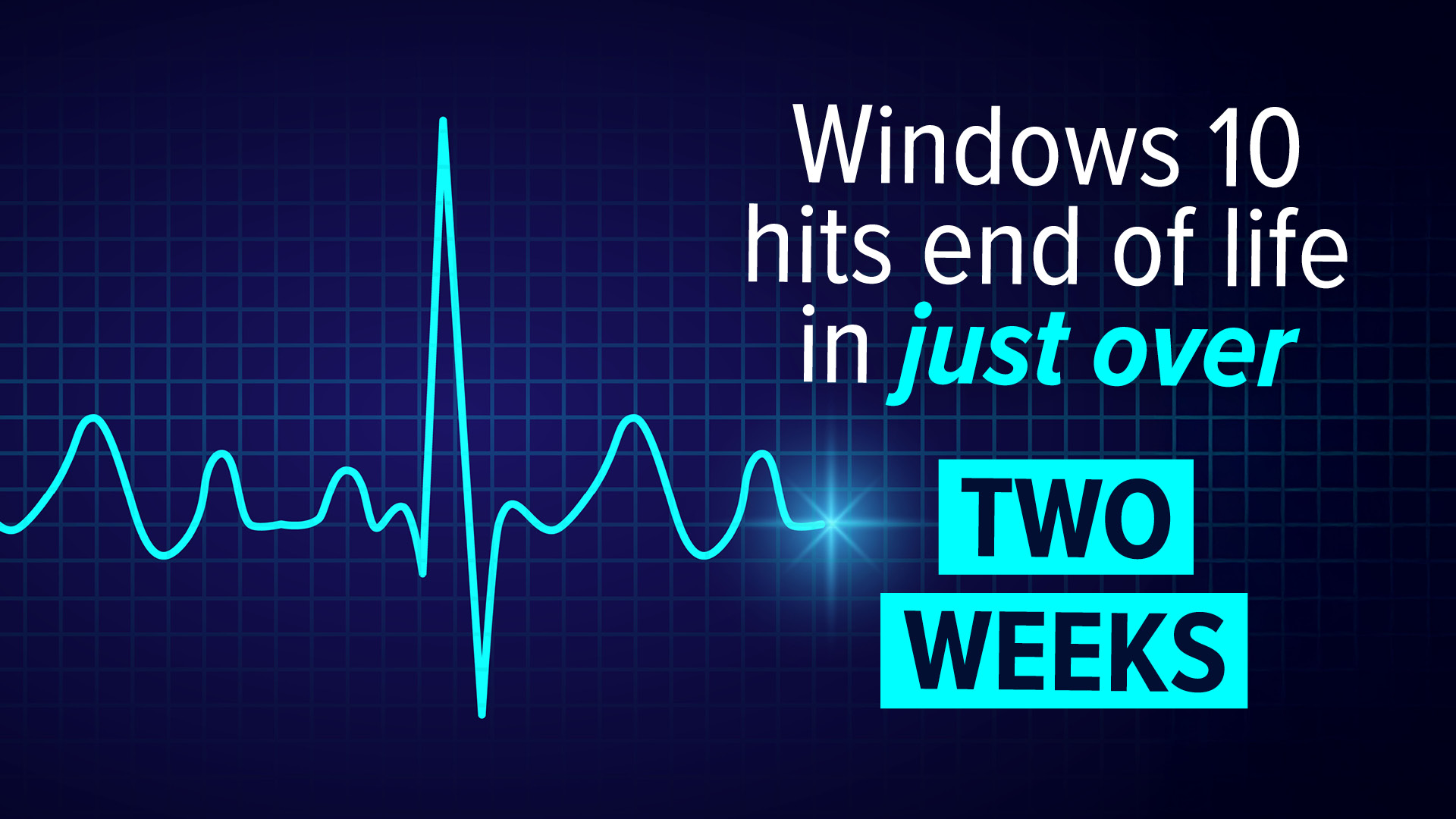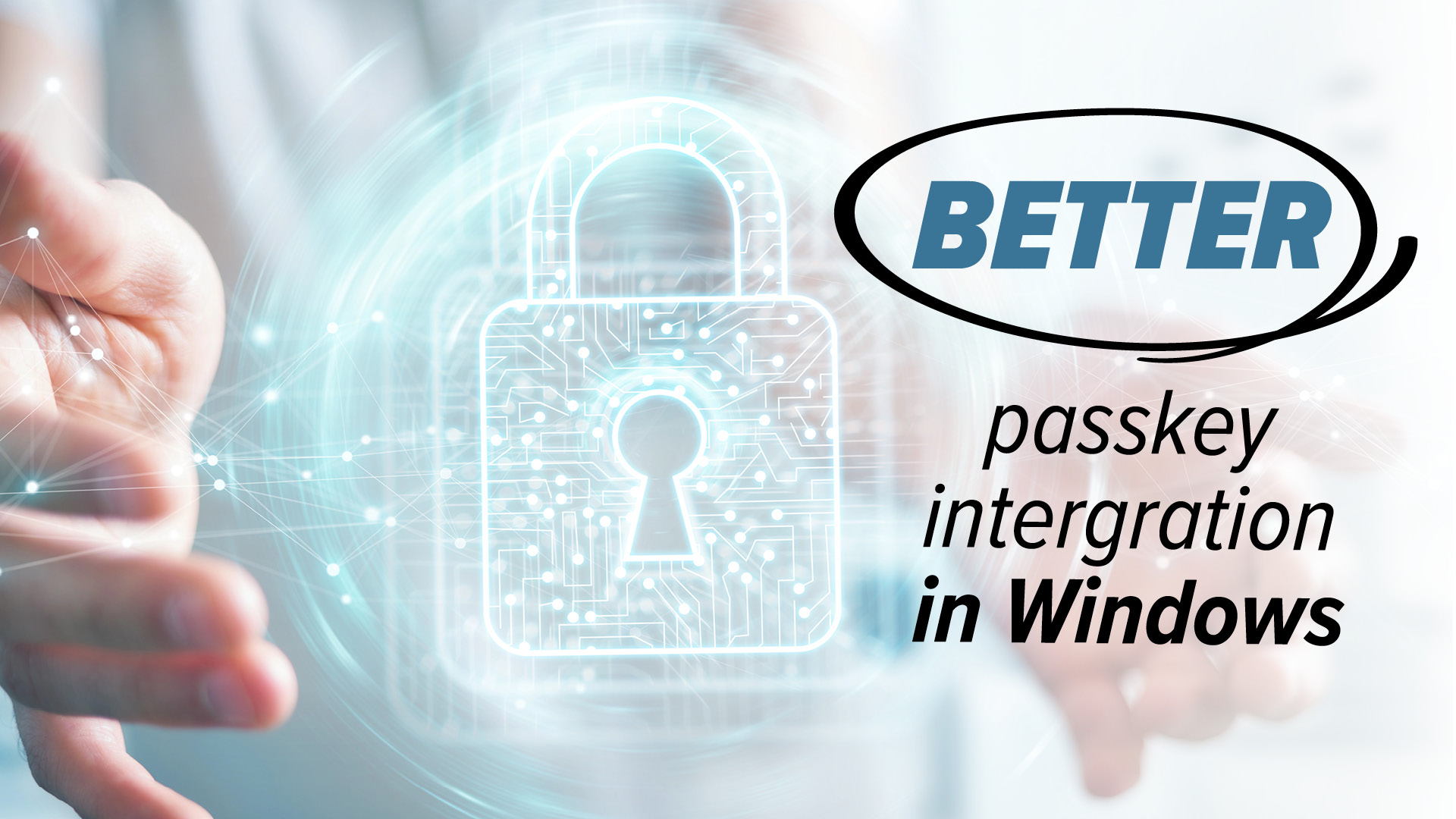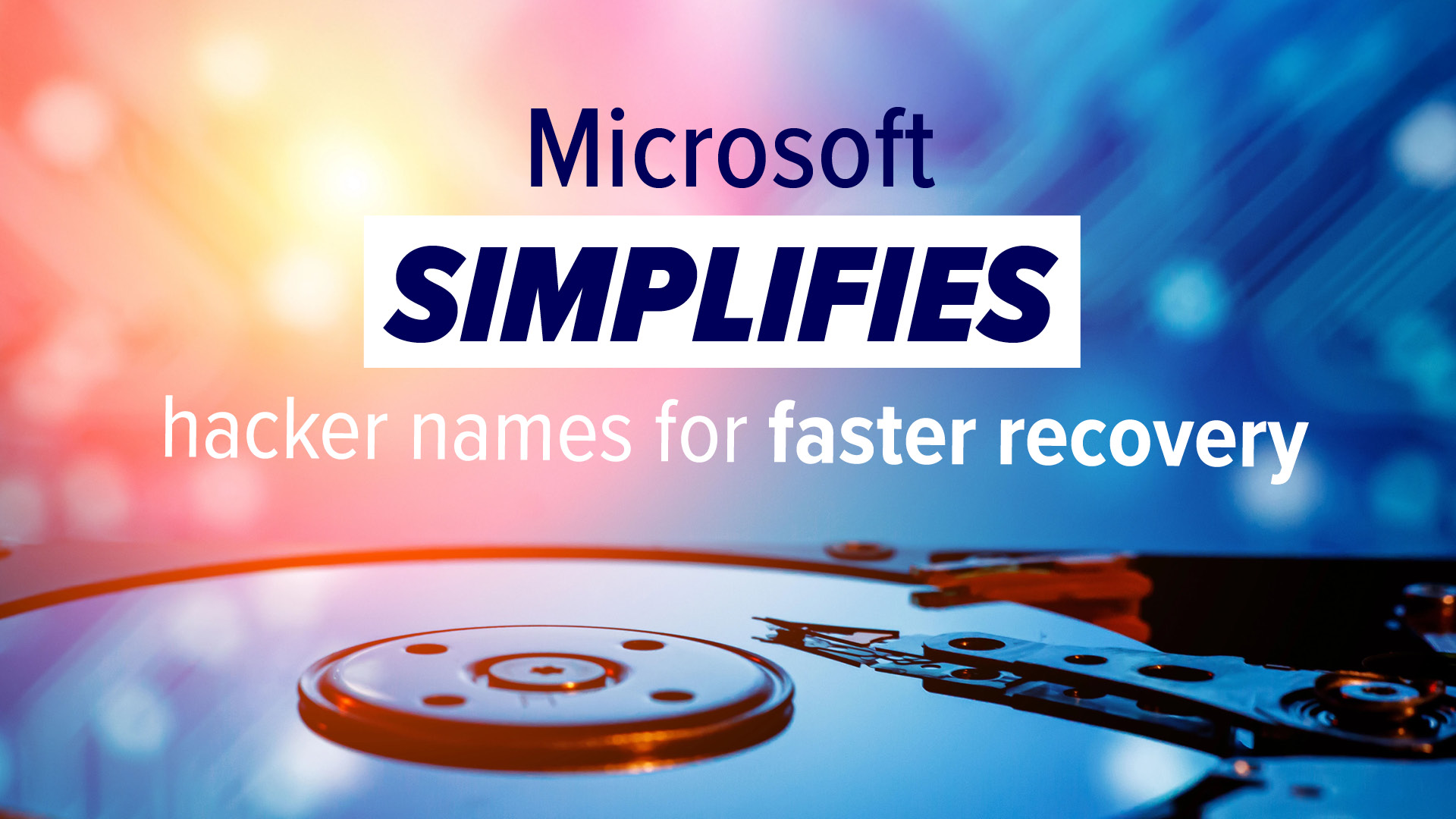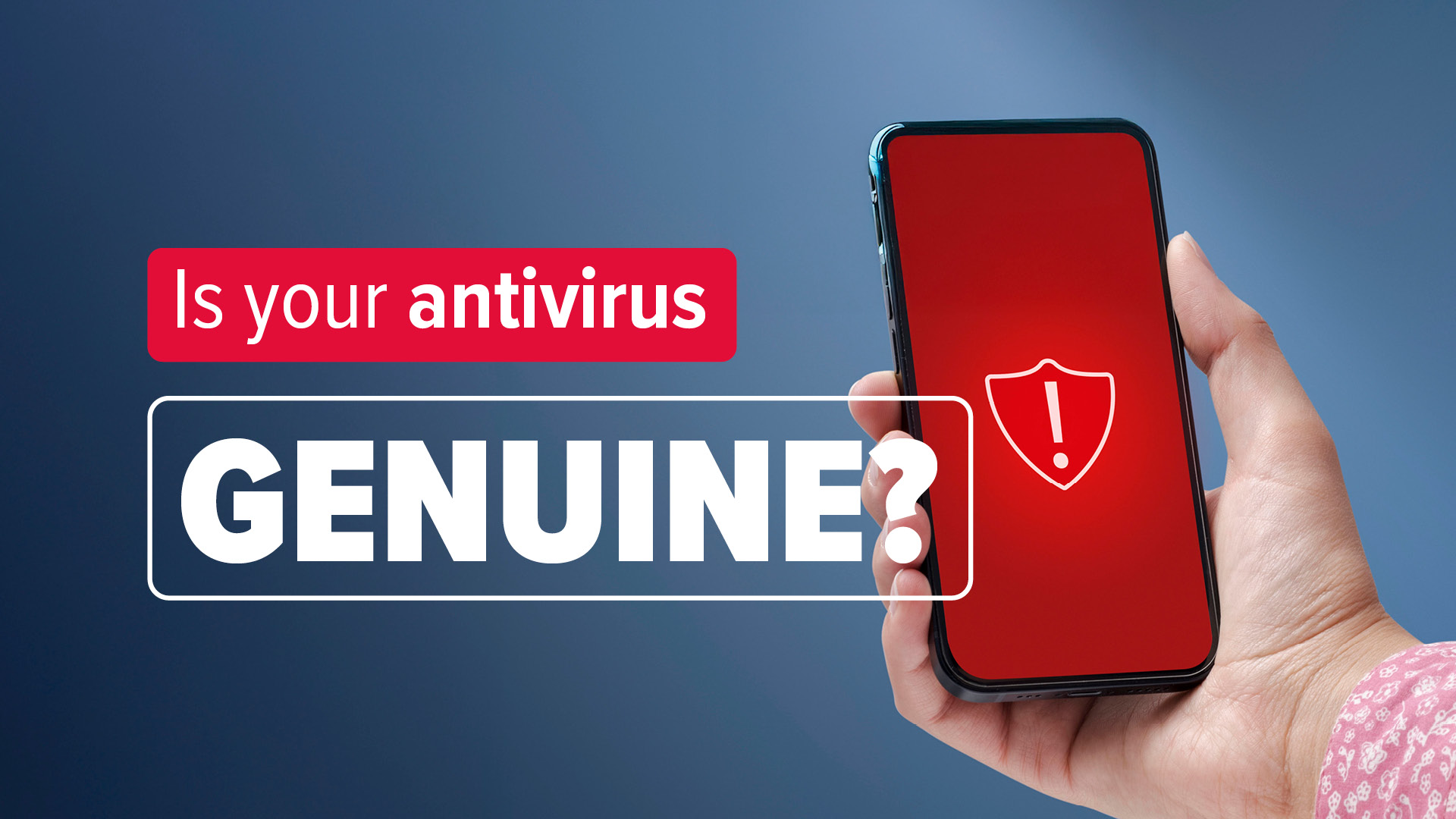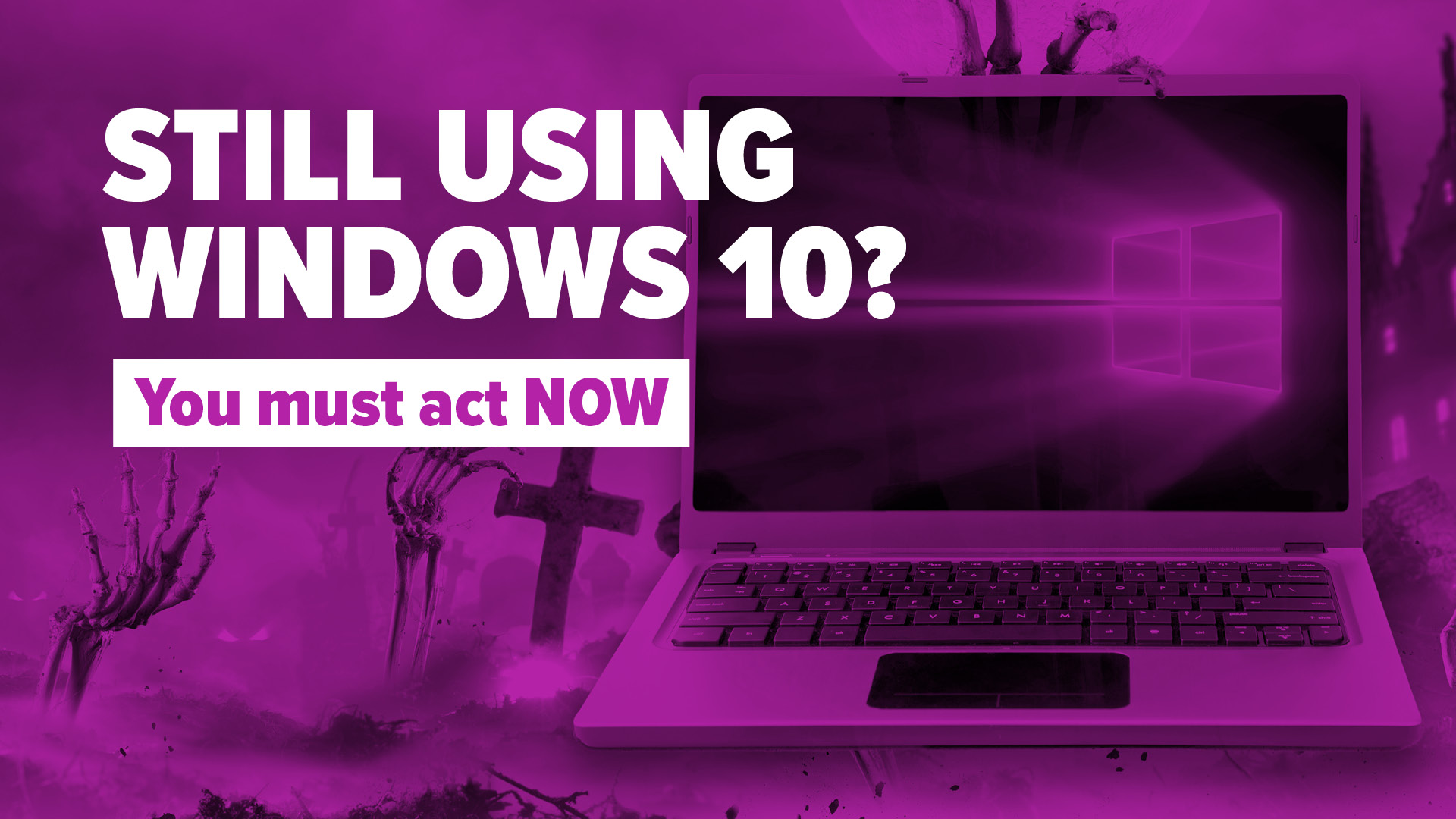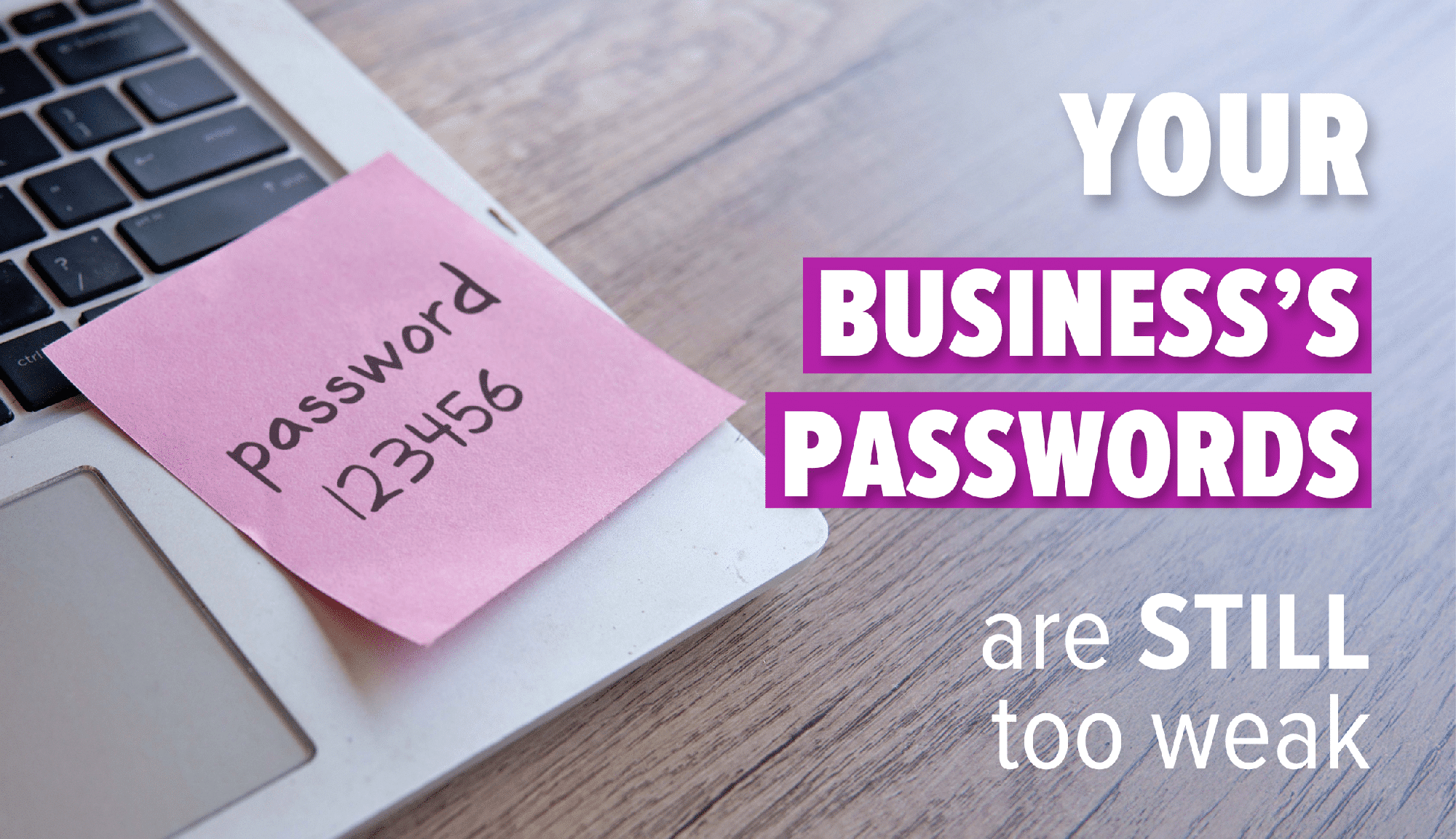What are Malware Attacks?
Malware is a broad term that describes a number of different cyber attacks. But they all have the same goal; to gain access to a network and cause as much damage and disruption as possible. Their method may vary but the outcome will be the same. It is usually delivered in the form of a link or file and requires the user to click, open or download it.
Today, there is an alarming problem where individual malware infections are spreading quickly and easily to the larger business networks. All because we bring in our own devices to work and/or work from home, where the security may not be as strong. In order to stay vigilant cybersecurity needs to be at the top of yours and your employee’s mind at all times.
It’s essential that you have a clear understanding of what malware attacks look like and how you can prevent them from happening. In this blog we will cover the following:
- Malware Attack Cycle
- Common types of Malware
- How can I tell if I have a Malware infection?
- Malware Protection Tips
Malware Attack Cycle
This is.a typical process when malware attempts to get into your organisation. There are a number of different ways and the majority of the time the attacker is trying to deploy malware in order to survey your environment and network before launching a more severe attack.
The number one attack vector is by email. In the diagram above, you can see that a malicious email has arrived. This may present itself really quite obvious and you can clearly see it’s a threat, or it may arrive from someone you know containing a link to something which the user may click on because they think it’s valid and expected.
The user clicks on the link in the email, if it then followed through, the machine or user account could be then compromised and start talking to online servers to start the process of delivering additional malware and criminal services. Once this is complete, the malware can start to obtain some higher access privileges through some simple exploits on the computer. All the time this activity is hidden from the active user on the computer.
And in this example, Ransomware, once all the criminal checks and balances are complete, the malware process starts encrypting files with a view of getting the business to pay the ransom in order to decrypt the files and for the customer to get access back to their systems (with no guarantee we might add !)
Common Types of Malware Attacks
Spyware
As the name suggests, this type of malware hides in the background of your device and spies on your activity. The collected information such as login, passwords, card detail, or bank account information, will then be given to a hacker who will exploit it.
Virus
A virus is a piece of code that will help spread other malware or programs on a device. This is effective as the fast spreading of malware means that permanent removal is very difficult. Recently, hackers have been creating highly damaging viruses.
Worms
It’s named after the way it spreads to other computers and devices. This type of malware attack is able to delete files, steal data and even create backdoors for hackers to enter and control the infected device remotely.
Trojan
Named after the famous Greek story, a trojan horse aims to invade a system, whilst avoiding detection and leave a backdoor open for the hacker. Once the hacker is inside the system they have a chance to look around and see where they can cause as much damage as possible or gives access to other malware variants
Ransomware
This malware will encrypt stolen data so that you can no longer access it. It can even lock down a whole network and its users. The hacker then threatens to publish the sensitive files or denies entry to the network until a fee is paid.
How can I tell if I have a Malware infection?
There are a number of signs that will tell you whether you have a malware infection. Here are the main ones you need to look out for
- Your computer is slow
- Your system keeps crashing, freezing or displaying a blue screen
- There is a loss of storage
- Infection warnings, that may also persuade you to buy something that will fix the problem
- Your antivirus stops working and you cannot update it
Malware Protection Tips
Install anti-malware software
This goes without saying. For comprehensive malware protection, you need to invest in a good anti-malware solution. All devices that have access to business data need one.
Keep your computer and software updated
Having the software is the first step, next you need to ensure that it’s maintained. This means having it up to date and downloading any updates. This also goes for your device and any other programs you use. Typically updates contain crucial security improvements.
Think before you click or open a file
Scams through emails and text messages are the fastest way to get your system infected by malware. It’s crucial that you and your employees stay alert and look out for anything suspicious. It’s worth to search for any reviews or information about that website or program before taking any action. And if you are unsure, contact your IT team to check
Have strong endpoint security in place
All the endpoints in your network need to be properly secured. Without comprehensive endpoint security, your business is open to malware attacks. We have a blog on how to have the best endpoint security for your business.
Educate staff
Are your employees your strongest defense? They really need to be. Hackers tend to take advantage of simple human mistakes rather than weaknesses in a system. It has been proven to be much easier and cheaper for them. Having your employees educated about cybersecurity and best practices eliminates that risk.
Be cautious of public Wi-Fi
Using public wi-fi without a VPN gives easy hackers access to your device.
Backup
Backing up your data securely is important for any business. It’s best to back them up on an external hard drive and in the cloud. We have a blog on how to keep your data safe in the cloud.
Use strong passwords
Passwords are your first line of defense so make them as strong as possible. We have lots of tips on password security for you.
Implement email security and spam protection
Email is an essential business communication tool, but it’s also a common malware channel. To reduce the risk of infection you need to scan all the incoming emails and set spam filters


